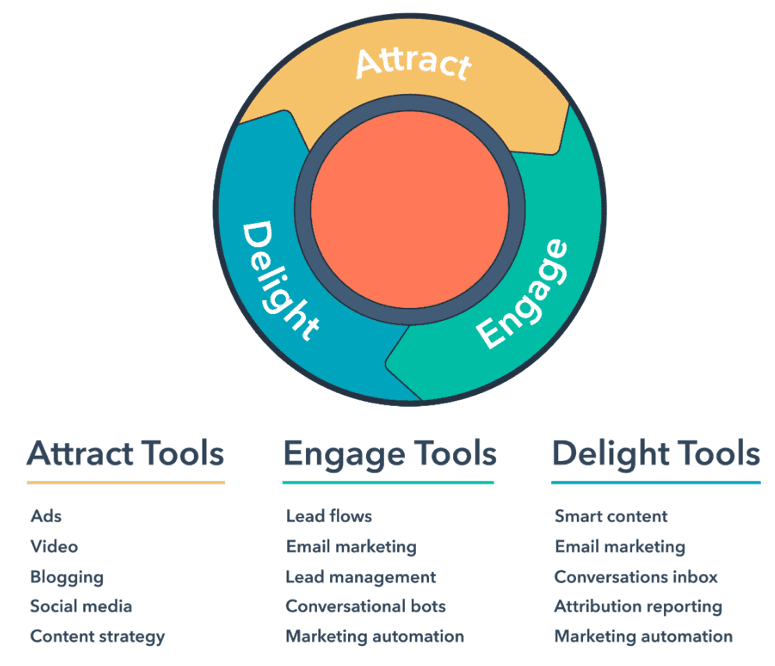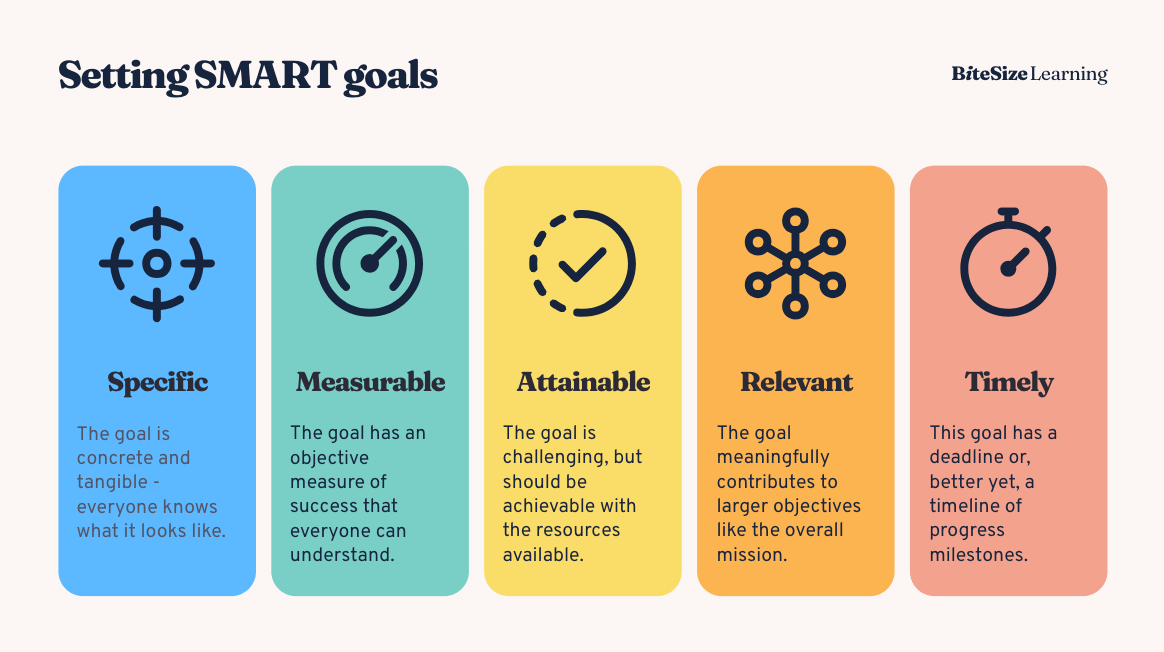Inbound Marketing and RevOps are two of the most popular strategies used by businesses today to improve their marketing and operations. Learning how to distinguish between the two, as well as knowing when to utilise each strategy allows businesses to ramp up aspects of their sales and marketing processes to drive impressive results whilst maintaining a strong ROI.
What is an Inbound Marketing Strategy?
An Inbound Marketing strategy focuses on attracting, engaging, and converting a target audience through content tailored to them. It involves generating engaging content marketing like blog posts, ebooks, case studies, video tutorials, webinars, and other pieces of content that converts strangers into loyal customers.
What is RevOps (Revenue Operations)?
RevOps combines sales tech with marketing automation tools in order to optimise your customer’s journey from the acquisition stage all the way through retention. It helps identify opportunities for improvement throughout every step of your customer's journey so you can better understand their needs and how best to serve them accordingly. The key difference between these two strategies lies in their focus: while Inbound Marketing focuses more on lead generation and conversions; RevOps takes a more operational approach focusing on sales enablement and optimisation as well as catering to a deep understanding of customer experience management.
While RevOps and Inbound Marketing efforts have different focuses, they do share some common principles and approaches:
- Focus on the Customer: Both RevOps and Inbound Marketing prioritise the customer experience and aim to create seamless interactions that build trust and loyalty.
- Data-Driven Approach: Both methodologies rely on data collection and analysis to optimise processes, track performance, and make data-informed decisions.
- Collaborative Approach: RevOps and Inbound Marketing require collaboration and alignment among teams within an organisation to ensure a seamless customer journey and maximise revenue generation.
- Continuous Improvement: Both methodologies emphasise the importance of adapting quickly to market changes and continuously improving processes and strategies based on customer feedback and data insights.
- Use of Technology: RevOps and Inbound Marketing leverage technology to collect and analyse data, automate processes, and enhance the overall customer experience.
Benefits of Inbound Marketing
Developing a robust digital marketing strategy includes generating valuable content that turns leads into customers, though beyond the obvious, we've included some other noteworthy benefits:
Enhanced Customer Engagement
Inbound marketing allows businesses to engage with their audience in a meaningful way, fostering two-way communication and building lasting relationships that turns traffic into leads. By providing valuable and relevant content, businesses can establish themselves as trusted industry authorities, thus creating a loyal customer base.
Cost-Effectiveness
Inbound marketing is often more cost-effective than traditional outbound marketing methods. By focusing on creating valuable content and optimising it for search engines, businesses can attract organic traffic to their website without spending significant resources on paid advertising. This approach allows businesses to generate higher-quality leads and increase their customer base without incurring high marketing costs.
Targeted Approach
Inbound marketing enables businesses to target specific audiences through personalised content and tailored messaging. By understanding the needs and preferences of their target customers through developed buyer personas, businesses can create customised content that addresses their pain points and offers relevant solutions, increasing the likelihood of converting leads into customers.
Long-Term Sustainability
Inbound methodology focuses on building long-term relationships with customers, rather than short-term, transactional interactions. By consistently providing valuable and relevant content, businesses can establish themselves as trusted industry leaders, fostering customer loyalty and encouraging repeat business. This sustainable approach contributes to the long-term success and growth of the business.
Measurable Results
Inbound marketing allows businesses to track and measure the performance of their marketing efforts through various analytics tools. By monitoring key performance indicators such as website traffic, conversion rates, and customer engagement, businesses can gain valuable insights into the effectiveness of their marketing strategies. This data-driven approach enables businesses to make informed decisions and optimise their marketing campaigns for better results.
Inbound Marketing can be an incredibly cost-effective strategy that doesn't require large investments like traditional marketing methods such as TV commercials or print ads; instead, focusing on producing high-quality content that drives organic traffic from search engine results pages (SERPs). Leveraging digital tools such as email automation software or marketing analytics platforms allows businesses to track performance metrics and gain insight into customer behaviour which allows them further optimise their campaigns for greater success with minimal effort. All these factors combine to create a highly effective yet cost efficient means of generating leads and improving ROI for any business looking to maximise its marketing potential.
Benefits of RevOps
Revenue Operations (RevOps) serves several critical purposes within a business, helping to streamline operations and drive revenue growth. Some benefits RevOps offers up are:
Enhanced customer experience
RevOps enables a holistic view of the customer journey, ensuring a seamless experience from initial engagement to post-sale support. By integrating sales, marketing, and customer success data, businesses can gain a comprehensive understanding of customer needs and preferences, leading to improved customer satisfaction and retention.
Improved operational efficiency
By aligning the sales, marketing, and customer success teams, RevOps eliminates redundant processes and encourages a more efficient workflow. This integration allows for better resource allocation, smoother handoffs between teams, and the implementation of standardised procedures, ultimately leading to increased productivity and reduced operational costs.
Data-driven decision-making
RevOps leverages data analytics and insights to make informed decisions across the entire revenue cycle. By centralising and analysing data from different departments, businesses can identify trends, customer behaviour patterns, and areas for improvement, empowering them to make strategic decisions that drive revenue growth and optimise business performance.
Accelerated revenue growth
Through a unified approach to revenue generation, RevOps facilitates a faster and more effective sales cycle. By aligning the sales, marketing, and customer success teams, businesses can leverage cross-functional expertise, prioritise high-impact opportunities, and nurture customer relationships, resulting in increased sales velocity and overall revenue growth.
Scalability and adaptability
RevOps provides a scalable framework that can adapt to the evolving needs of the business and the market. By fostering a culture of continuous improvement and collaboration, businesses can respond more effectively to market changes, customer demands, and competitive challenges, ensuring long-term sustainability and growth in an ever-changing business landscape.
As you can see, there's a stack of perks that follow implementing RevOps as an overall growth strategy for your business. Departmental alignment, enhanced customer satisfaction, facilitating data-driven decision-making, improvement in operational efficiency, and driving revenue growth and scalability are what to expect if implementing a firm RevOps strategy.
Choosing between Inbound Marketing and RevOps
When choosing between Inbound Marketing and RevOps, it's important to define the goals of your business first. This helps you determine which strategy would best suit your company’s needs in order to achieve those SMART goals everyone keeps raving about. With this established, an internal assessment of capabilities should be created to identify potential gaps that need to be understood before implementing either strategy - can these roadblocks be managed? If so, what does that look like?
Cash is king (unfortunately) which means being mindful of cost considerations on what each strategy entails will help guide you on your marketing or operational approach. By weighing up all these factors and making an informed decision taking into account both short-term and long-term objectives, you can ensure you're investing resources wisely and setting themselves up for success in the future.
Combining Inbound Marketing and RevOps
The perfect concoction of Inbound Marketing and RevOps is your recipe to success. If you've got the resources and time to unify the two, your opportunity to develop sustainable growth for your business is almost a guaranteed pathway to success. Here's 5 ways to partner the two:
Unified data analysis
Utilise RevOps to aggregate and analyse data from inbound marketing efforts, including website traffic, lead generation, and customer engagement metrics. This integration allows for a comprehensive understanding of the customer journey, enabling data-driven decision-making to optimise marketing strategies and improve conversion rates.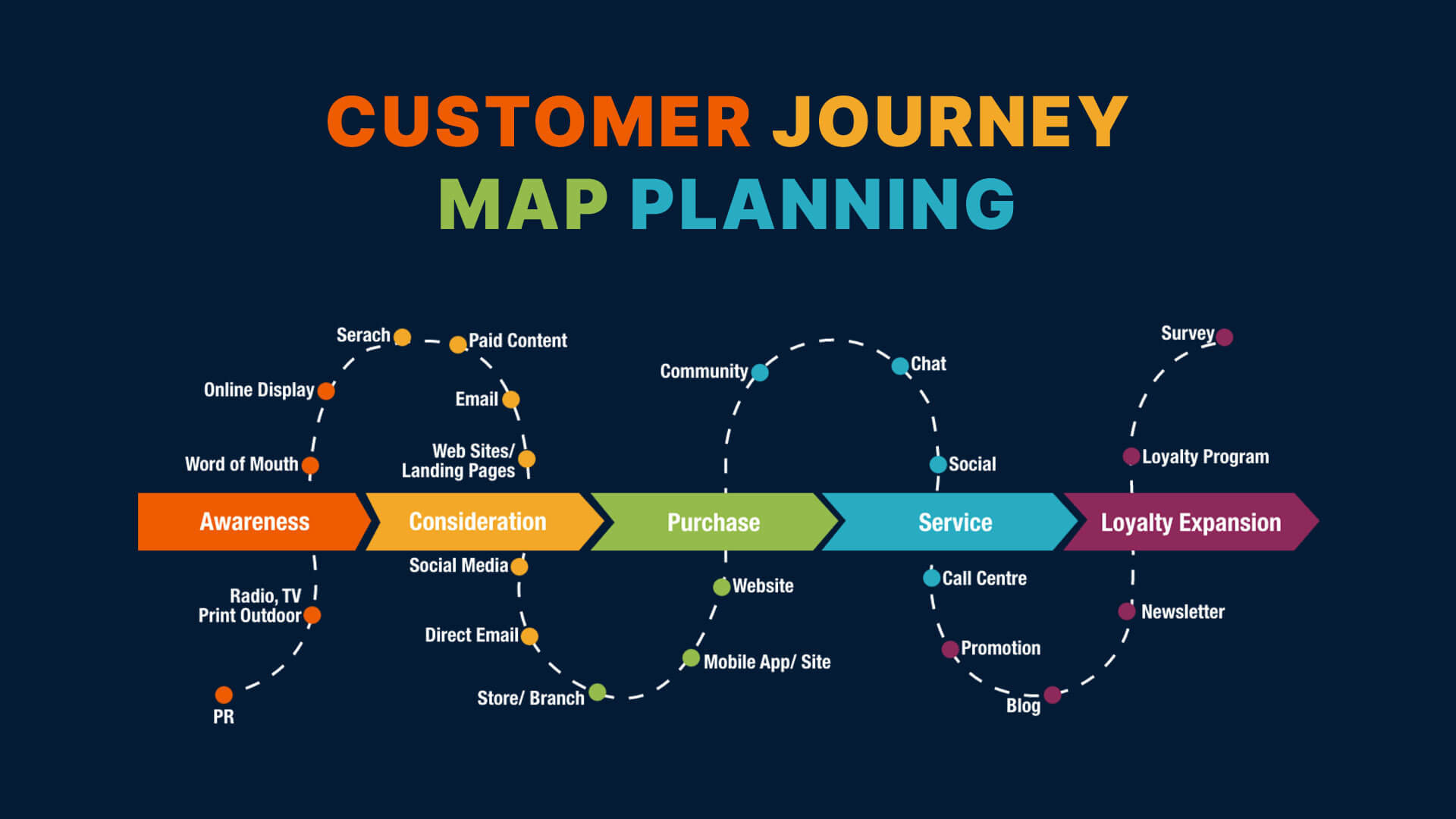
Aligned buyer personas
Collaborate with the RevOps team to develop unified buyer personas that incorporate insights from sales, marketing, and customer success. By aligning these personas with the inbound marketing strategy, businesses can create tailored content and campaigns that resonate with target audiences, leading to increased engagement and higher-quality leads.
Streamlined lead management
Implementing a streamlined lead management process by integrating RevOps with inbound marketing automation tools garners some pretty sweet outcomes. This approach allows for efficient lead qualification, nurturing, and handoff between marketing and sales teams, ensuring that leads are effectively managed and converted into paying customers.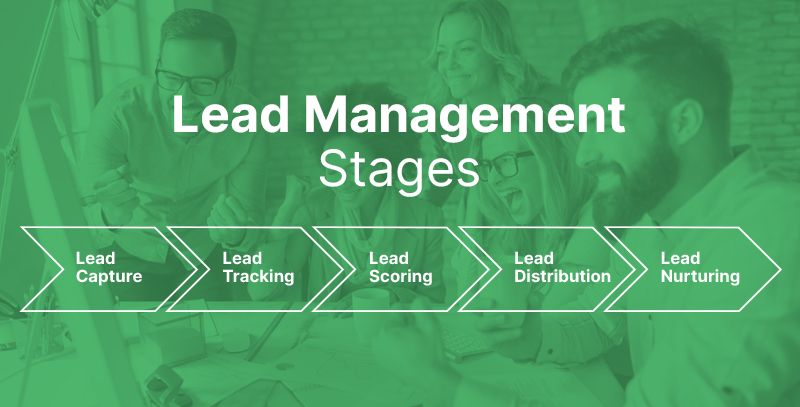
Continuous optimisation
Leverage RevOps methodologies to continuously optimise inbound marketing strategies based on performance data and customer feedback. By regularly evaluating the effectiveness of marketing campaigns and refining strategies accordingly, businesses can maximise their return on investment and enhance overall revenue generation.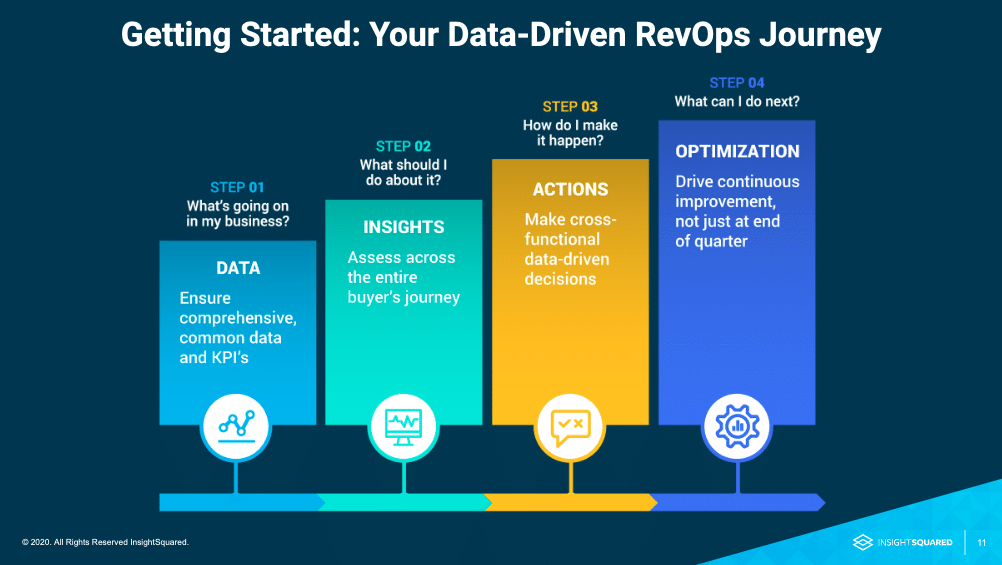
Closed-loop reporting
Implement a closed-loop reporting system that integrates data from inbound marketing campaigns with sales and revenue data. This approach enables businesses to track the entire customer journey, from initial engagement to conversion and beyond, providing valuable insights into the effectiveness of marketing efforts in driving revenue growth. By leveraging this holistic view, businesses can identify opportunities for improvement and make informed decisions to enhance both marketing and sales strategies.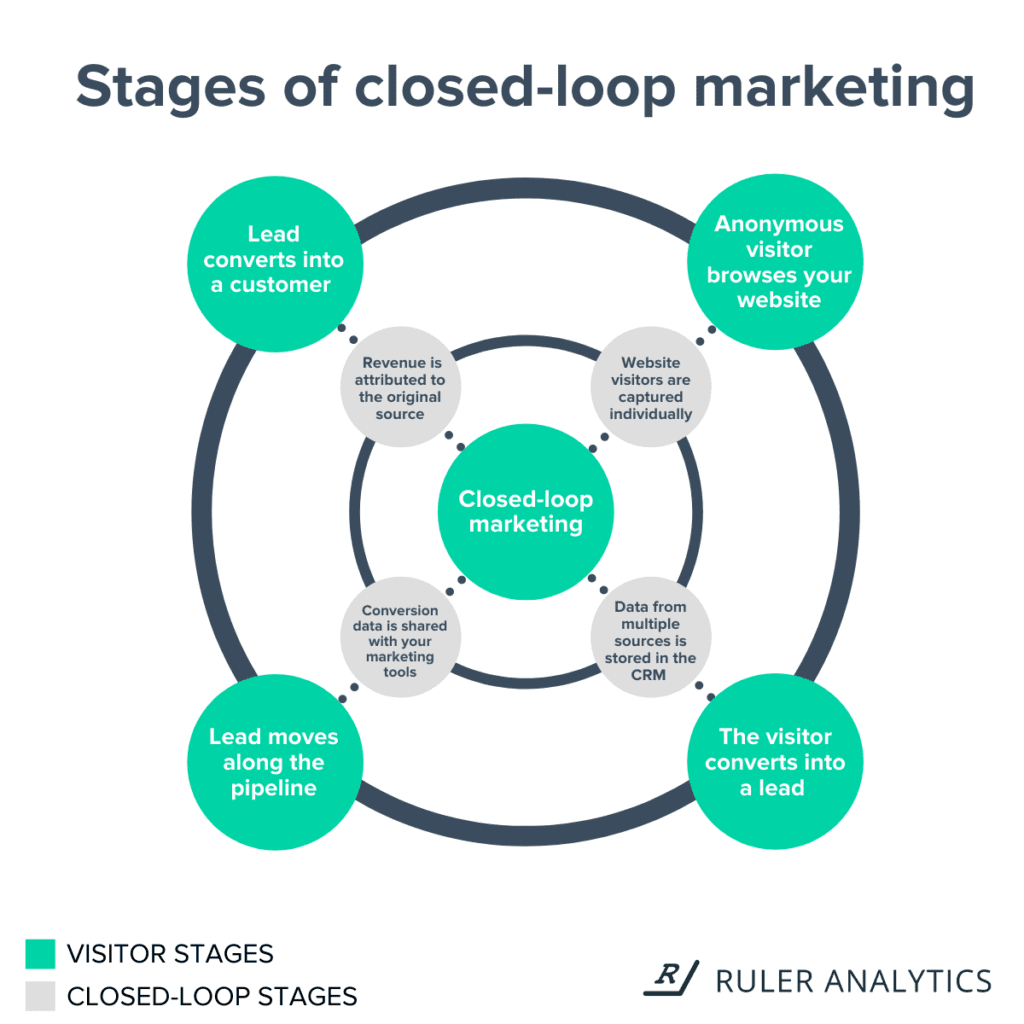
Feeling like developing an in-depth Inbound Marketing or RevOps strategy could be your next move to gain a competitive edge in the market? Neighbourhood is one Australia's leading Inbound Marketing Agencies that have a proven track record of generating a clear success strategy to streamline internal processes whilst delivering impactful results. Reach out to see how we can help you today!


